|
We welcome another blog by ESA-sponsored Dr Stijn Thoolen, currently spending 12 months at the Concordia research station in Antarctica conducting experiments. What an amazing experience - do take a look at his previous blogs (Part 1, Part 2, Part 3) to follow his great adventure to the world's southernmost continent.
Dr Stijn ThoolenMedical Research Doctor, Concordia Research Station, Antarctica
Concordia, February 7, 2020
Sunlight: 24 hours (but not for long) Windchill temperature: -45°C Mood: a little roller coaster At this moment I am just plain excited. Next to me the rest of the DC16 crew are having their own emotions. Our freshly inaugurated station leader Alberto, draped in the colours of our three national flags, came up with the idea to have our national anthems playing while the last Basler plane of the summer campaign leaves Dome C. So here I stand, hearing my own voice on maximum volume pronouncing a Dutch translation of too patriotic sentences from the station’s speakers, and with the Dutch ‘Wilhelmus’ screaming over the Antarctic plateau as an official start of our winter over. Haha, such an unrealistic scenario! And while those sounds are quickly overruled by the roaring engines of the plane, and with snow blowing in our faces, I can only smile. There goes our last connection to the rest of the earth, disappearing into the distant sky. Unbelievable!
I guess I have already spilled all of my emotions at this point. In the past few days, more and more planes have been taking away more and more of the beautiful people we enjoyed our summertime with, and the station has become more and more empty. Funny: they were already leaving, and I have the idea we just started… It has been an exciting idea on the one hand, but the closer we came to being left alone, the more and more confronting that got on the other. When two days earlier another plane left with sixteen more people, the goodbyes were harsh, with everyone in tears again. You know, those healthy ones. And when it was gone, those left on the ice slowly returned back to the station, all silent, all caught in their own thoughts. It had been an intense few summer months, and this was the weird moment of realization that it had come to an end, with a big unknown lying ahead. I guess the blend of feelings has been a repetition of those during the days before my departure to the Antarctic. Perhaps a little lighter this time.
Now with only twelve, life will be very different. Finally our own room, our own rhythm, some well-deserved rest from the busy summer, but most of all a heck of an experience waiting for us (isolation, confinement, monotony, you know how to get me excited…)! Reason enough to answer that enthusiasm with our first winter over picture on the roof, and later some mulled wine at the same spot, enjoying the beautiful sun now we still can.
Not only the more relaxed dynamics and personal interaction within the station are a welcome change. Signs of the coming winter are everywhere. With the sun creeping towards the horizon (hard to believe, but from the first sunset we apparently lose about 25 minutes of sunlight each day!) all kinds of colours light up the sky. Light blue has become deep blue, white has become grey, and carefully the sky started showing some yellow. That yellow has been turning into orange now, mirrored by red and purple on the opposite side. It is a spectacle, and I came to think that these three-hour sunsets may be even more special than the three-month darkness awaiting us…
Indeed, we better enjoy these changes now we can. Waving at that last plane on that February 7, all of us truly seemed to be left alone, and not just physically. So, after some awkward looks at each other, just like when we first met as a crew during our training in Europe (‘so, it is you who I am spending the next nine months with…’), we decided that there was only one real solution. And there we stood, while the plane disappeared slowly into that distant sky, dancing, on Britney Spear’s Toxic. Incredible that even such songs can become of value…
Note: this article was originally posted on the ESA blog website (LINK) and permission has been obtained to republish it here. Comments are closed.
|
Welcometo the InnovaSpace Knowledge Station Categories
All
|
InnovaSpace Ltd - Registered in England & Wales - No. 11323249
UK Office: 88 Tideslea Path, London, SE280LZ
Privacy Policy I Terms & Conditions
© 2024 InnovaSpace, All Rights Reserved
UK Office: 88 Tideslea Path, London, SE280LZ
Privacy Policy I Terms & Conditions
© 2024 InnovaSpace, All Rights Reserved
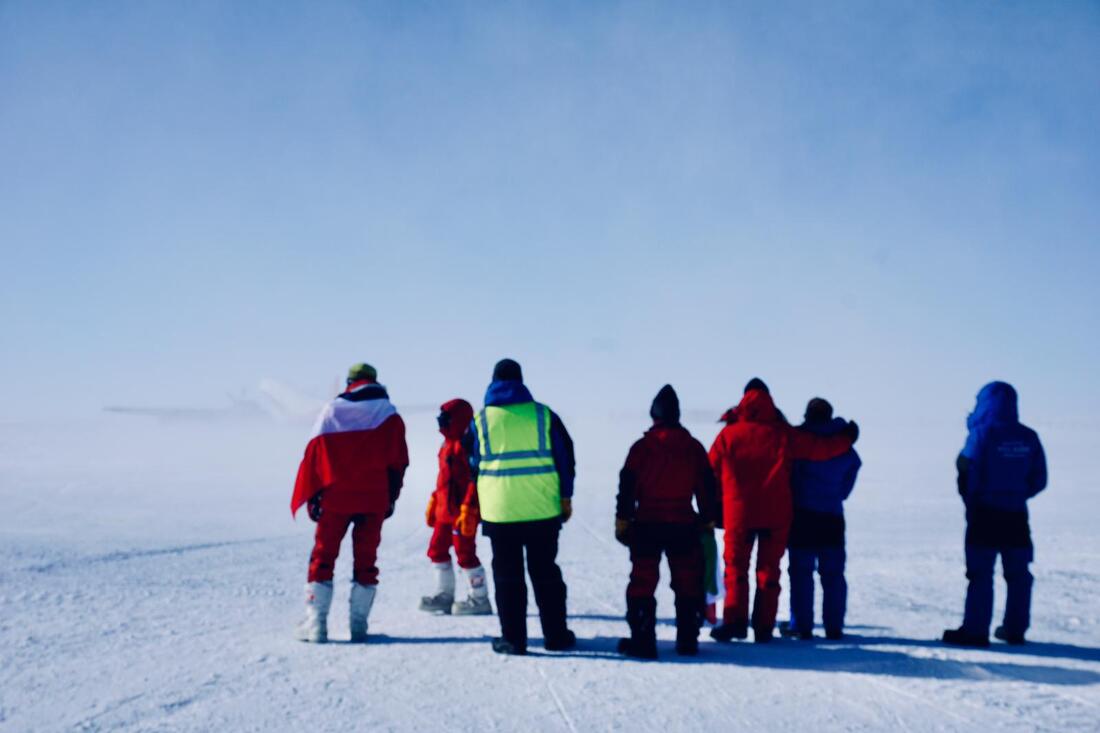
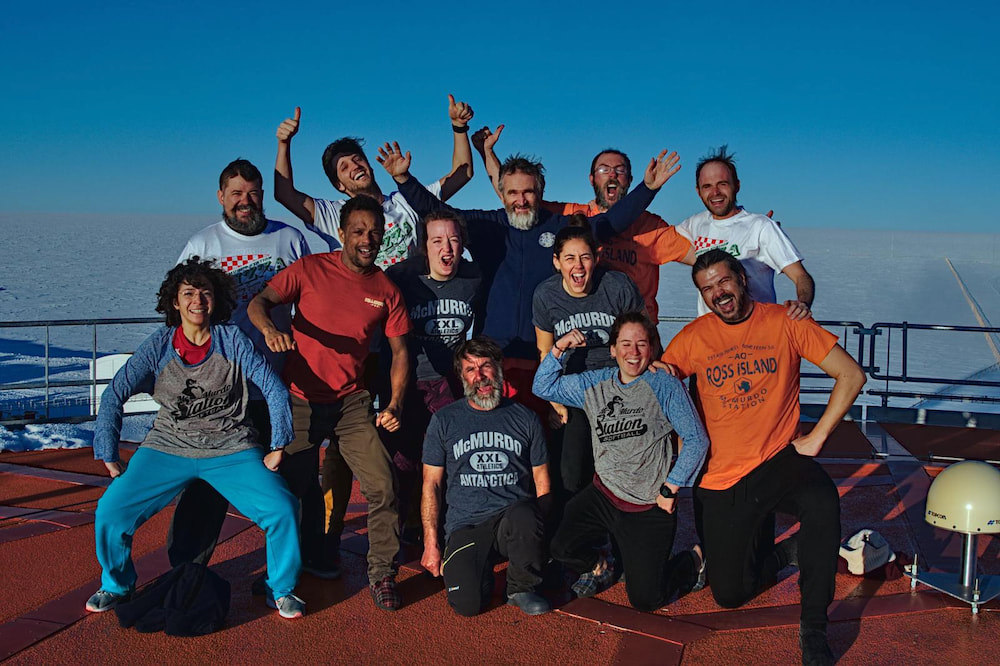
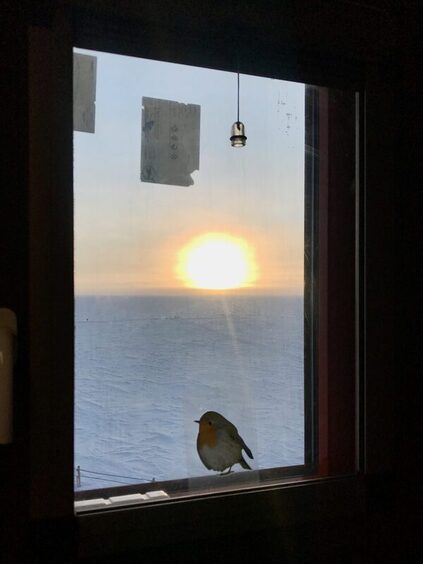
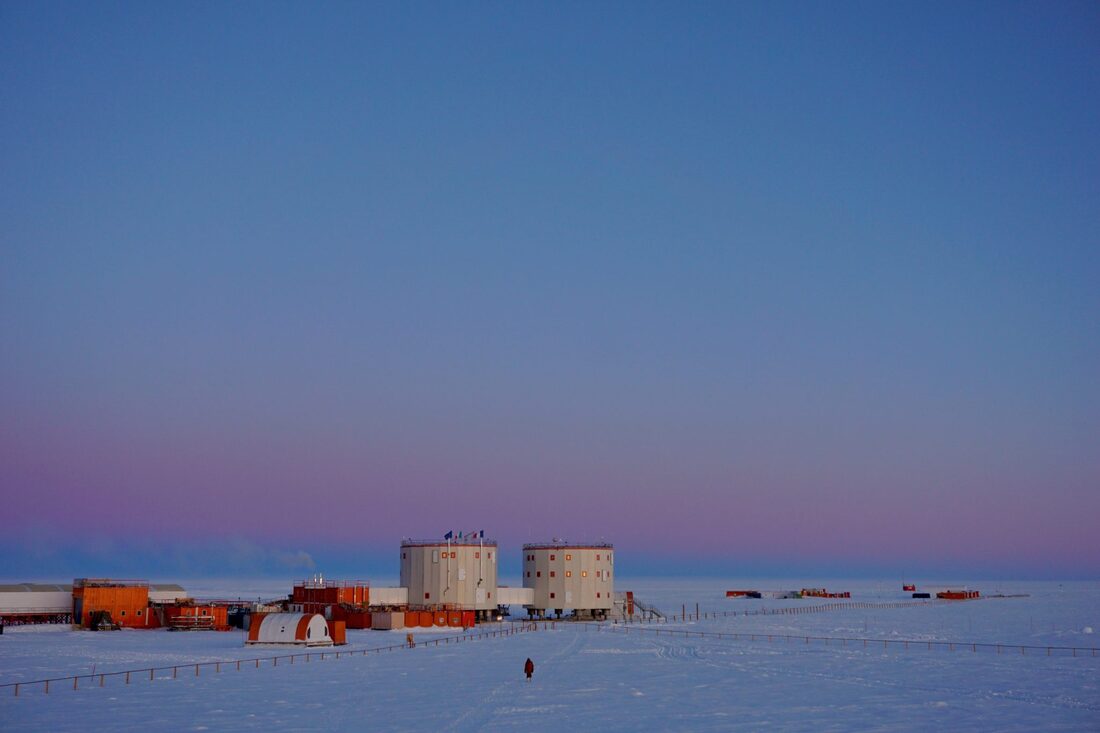
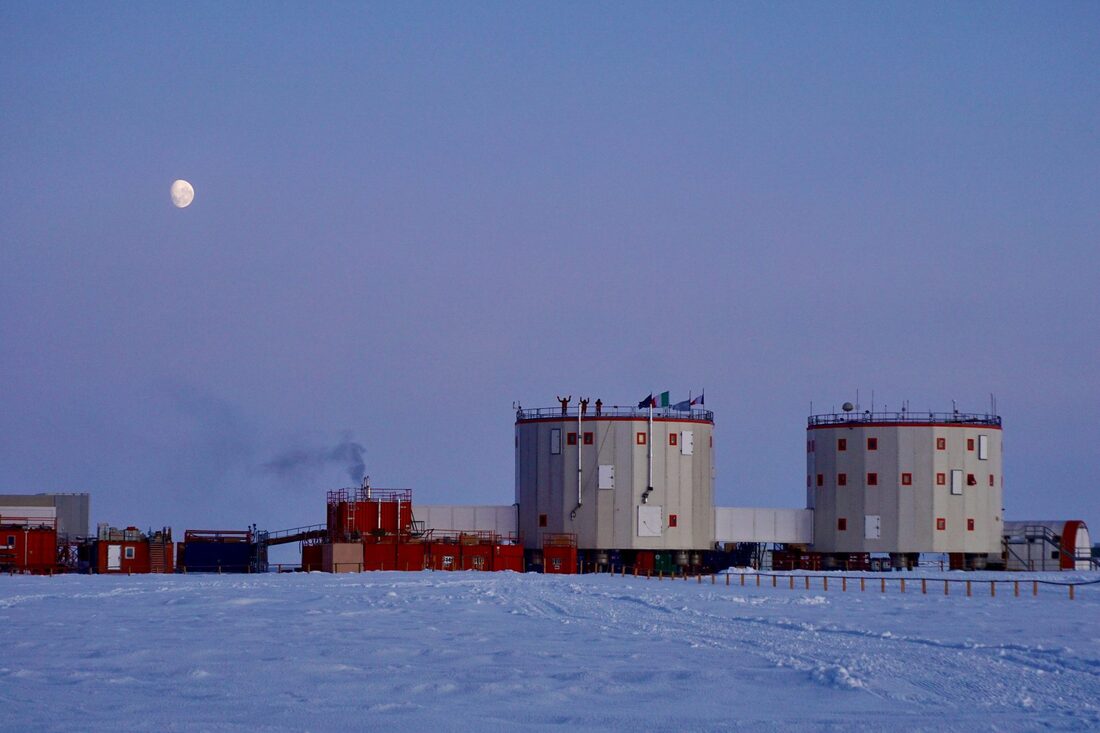
 RSS Feed
RSS Feed